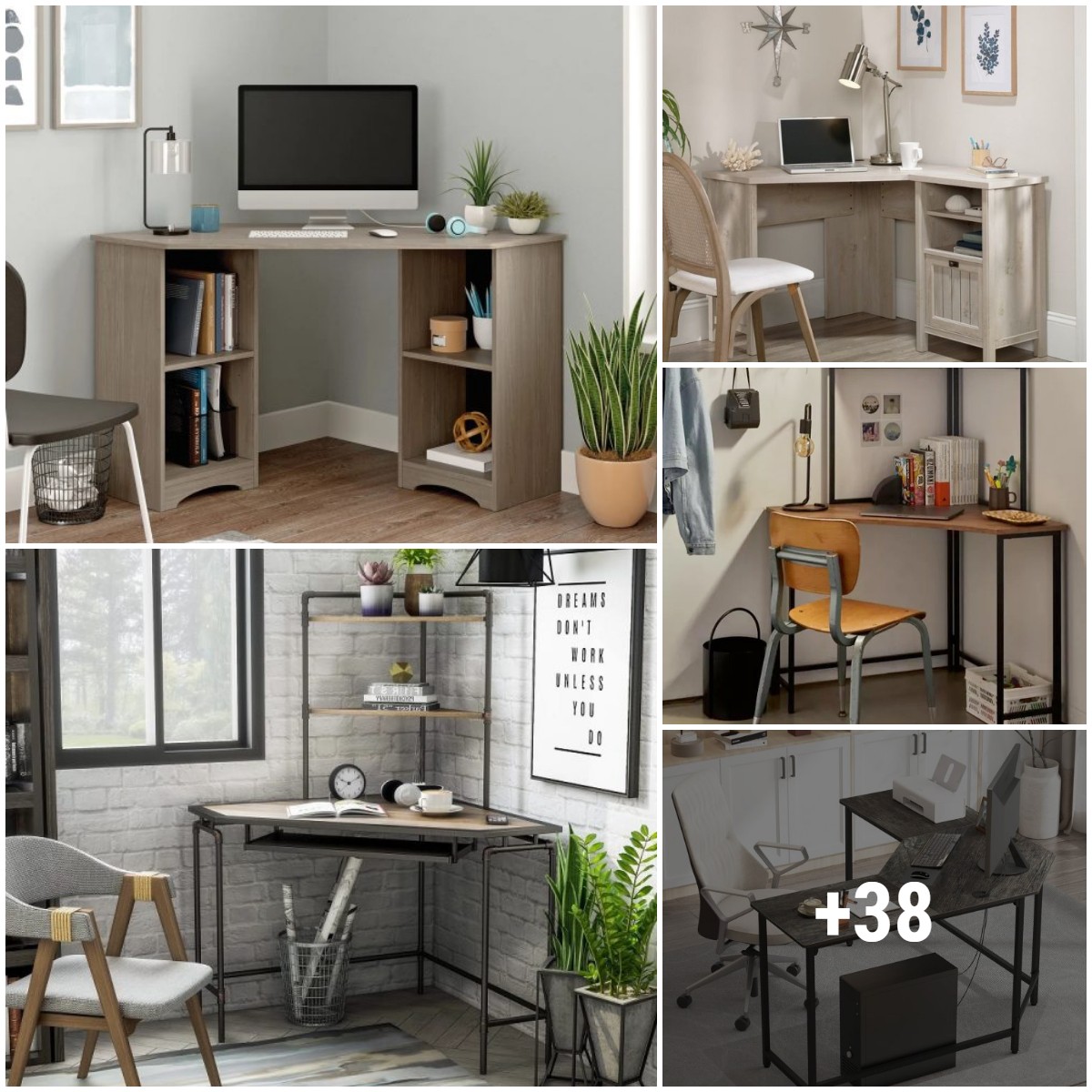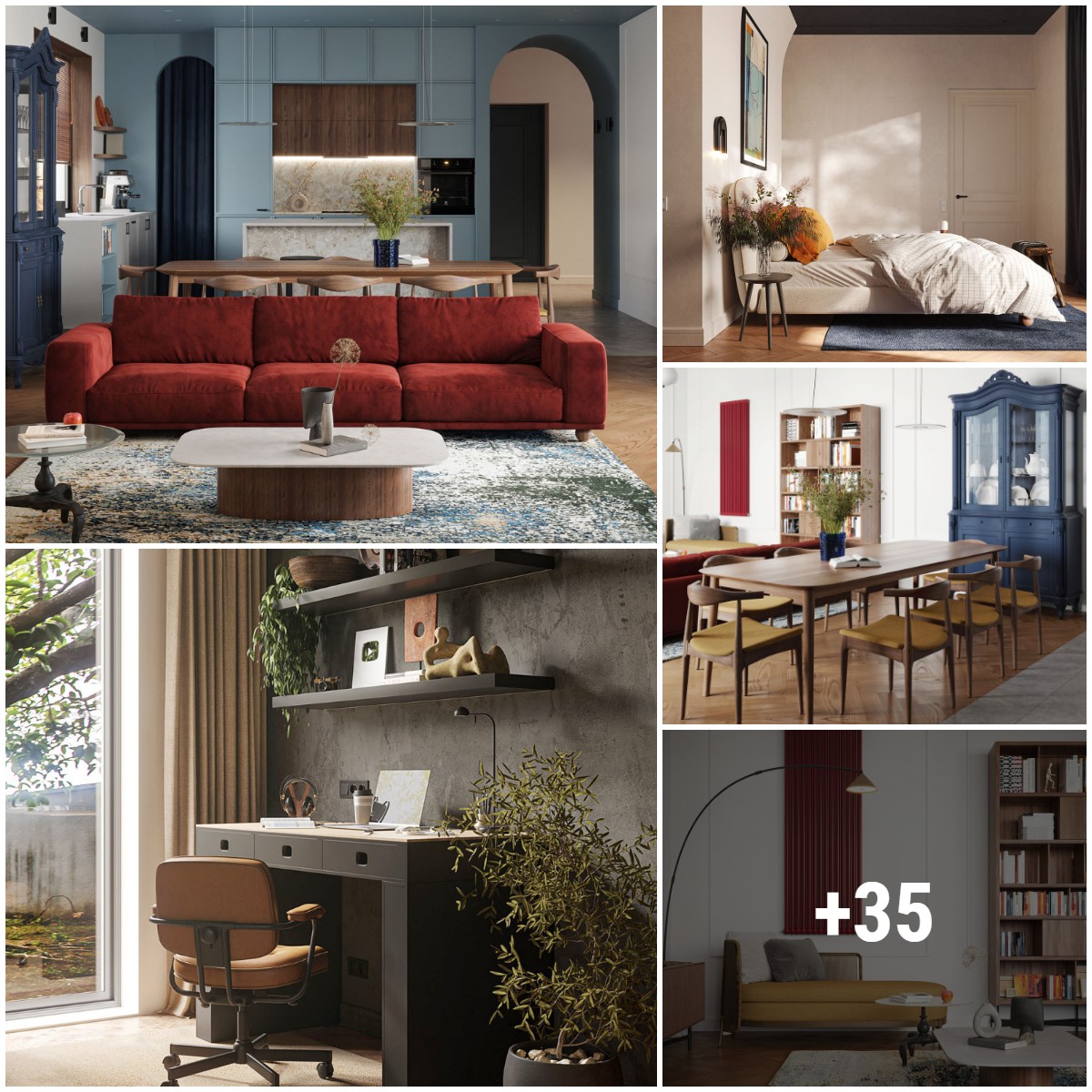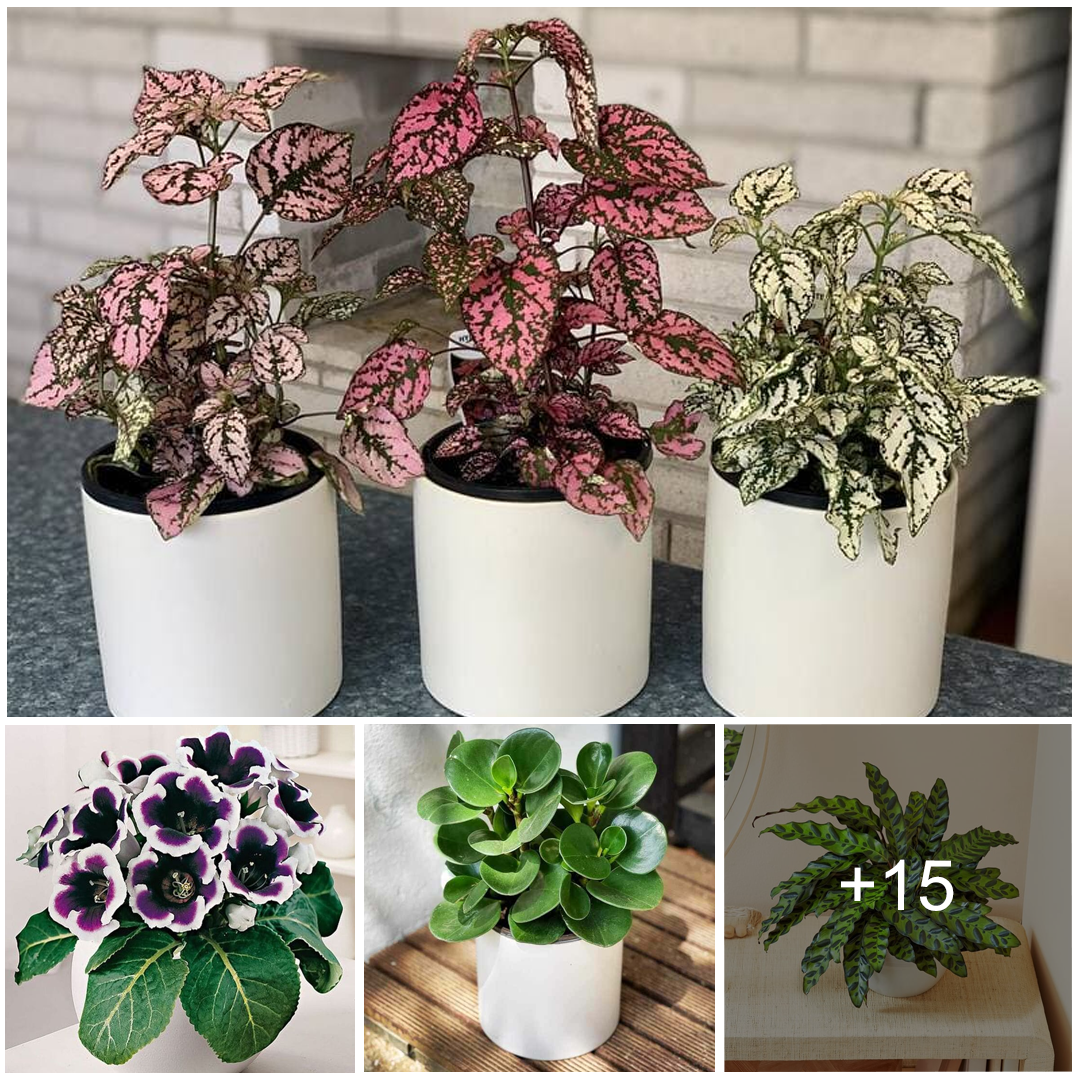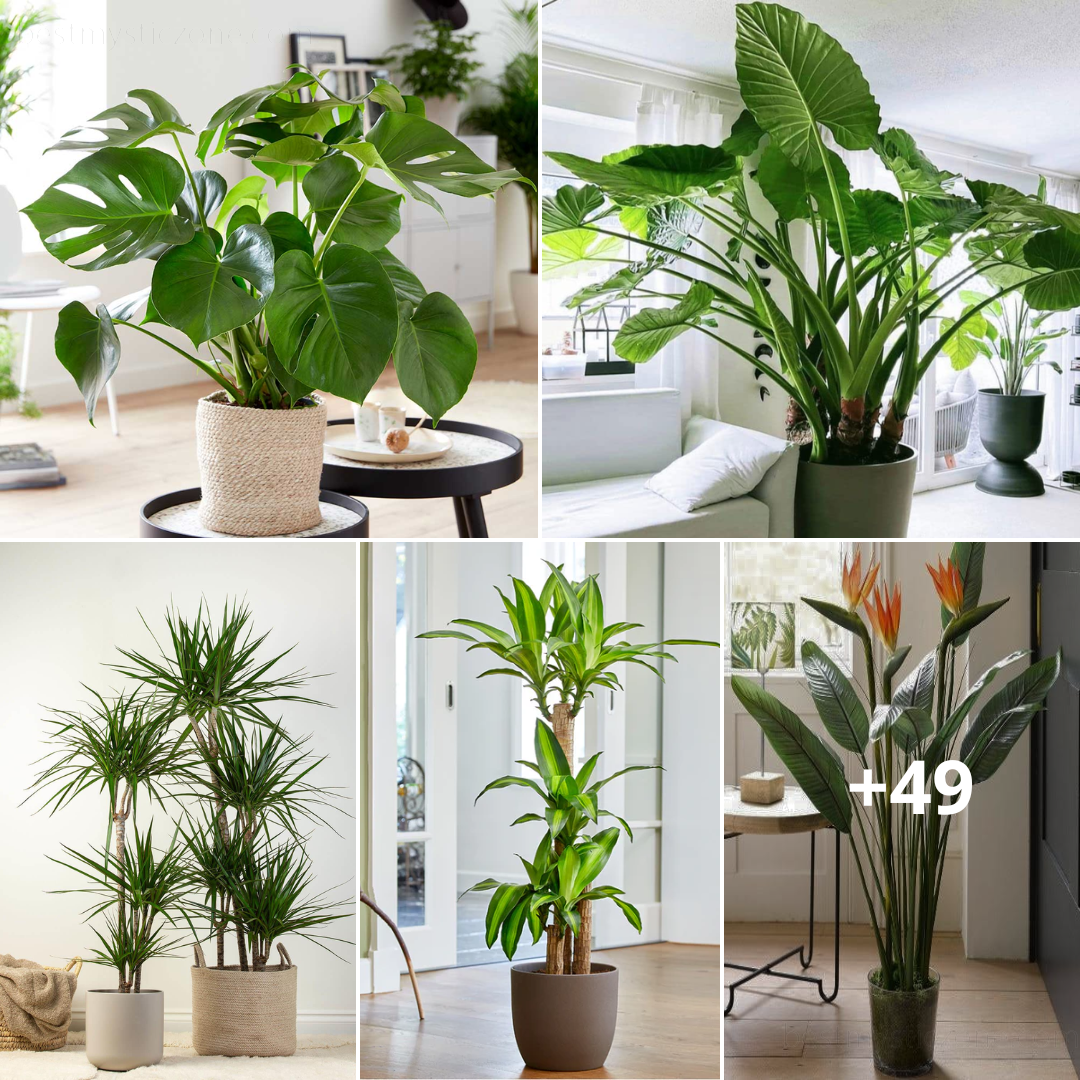Decorate your home with a few cute, easy-to-care-for cacti and succulents.
:max_bytes(150000):strip_icc():format(webp)/potted-plants-at-home-1158369830-3cf8bdca7ca2427f87fa2e7fe15f1a31.jpg)
All cacti are succulents, but not all succulents are cacti—and of course, no two species are exactly alike. Many cacti, as well as other succulents, can make great houseplants, and once established, they don’t require a lot of water or extra care. While all cacti are different, keep in mind that many will have a dormant period in winter where you reduce watering and lower light levels. Some may bloom gorgeous flowers (although it may require patience).
No matter what type of cactus or succulent you purchase, always pay attention to the botanical name and read the label for extra care tips. Here are 15 diverse indoor cactus and succulent options that you can decorate your home with.
Bunny Ears Cactus (Opuntia microdasys)
:max_bytes(150000):strip_icc():format(webp)/close-up-of-succulent-plant-1223073113-f4d644735fc940e788b47ff26300ac4e.jpg)
Also called angel’s wings or polka-dot cactus, this cute plant is related to the common prickly pear cactus that is iconic in the southwest. The bunny ears cactus prefers a lot of light and low amounts of water. Outside, it grows a few feet tall and up to 6 feet wide, but as a houseplant, it does well for many years in a small or medium pot.
Plant Care Tips
- Light: Full light but reduce in winter.
- Water: Regular in the first year, reduce once established, and in winter.
- Soil: Sandy, well-draining.
- Pet Safety: Nontoxic to dogs and cats.1
Blue Hens and Chicks (Echeveria glauca)
:max_bytes(150000):strip_icc():format(webp)/echeveria-secunda-glauca-1149987913-ff6d4d29f19940f8b23774a79a2a88af.jpg)
While you can grow this bluish plant outside on your patio, you’ll need to bring it indoors in the winter. The blue hens and chicks plant shouldn’t be confused with the perennial hens and chicks (Sempervivum tectorum); blue hens and chicks have thicker and wider leaves. This plant looks great year-round, should not be overwatered, and does well in full sun.
Plant Care Tips
- Light: Bright lights.
- Water: Light water.
- Soil: Well-draining.
- Pet Safety: Non-toxic to dogs and cats.2
Star Cactus (Astrophytum asteria)
:max_bytes(150000):strip_icc():format(webp)/high-angle-view-of-succulent-plant-1204029280-9d21e0987847455d8757470e0fcc5632.jpg)
The star cactus is also called sand dollar cactus, and it’s easy to see why; if you look at these cacti from a bird’s eye view, they seem to resemble both a star and a sand dollar. The star cactus does best with eight to 10 hours of sunlight, so it’s best to leave on the windowsill. It can be a little finicky with water, so only give it a drink when it’s really dry.
Plant Care Tips
- Light: Light shade to full sun.
- Water: Light water.
- Soil: Well-drained.
- Pet Safety: Nontoxic to dogs and cats.3
Rat Tail Cactus (Aporocactus flagelliformis)
:max_bytes(150000):strip_icc():format(webp)/closeup-of-a-rat-tail-cactus-plant-1050336424-6e715a35e021402caeec878f826a973a.jpg)
The rat tail cactus, also called monkey tail cactus, is one of the showiest cacti you can grow. It works great in hanging baskets because the stems can spill over the edge to grow a few feet long. In spring and summer, it may bloom reddish flowers.
Plant Care Tips
- Light: Bright sun.
- Water: Water regularly and reduce greatly in winter during dormant season.
- Soil: Rich, organic soil mix.
- Pet Safety: Toxic to dogs and cats.4
Burro’s Tail (Sedum morganianum)
:max_bytes(150000):strip_icc():format(webp)/burrow-s-tail-succulent-in-terra-cotta-pot-1186552044-e769ee65862443b6995241954f1fde16.jpg)
This succulent is one of the most popular to grow as a houseplant because of its unique appearance. Burro’s tail does indeed look like a braided tail and can grow several feet long. It’s great for a hanging basket and to grow with other cacti and succulents. In summer, it can produce star-shaped purple flowers.
Plant Care Tips
- Light: Bright sunlight.
- Water: Low.
- Soil: Acidic, sandy, and well-drained.
- Pet Safety: Nontoxic to dogs and cats.5
Feather Cactus (Mammillaria plumosa)
:max_bytes(150000):strip_icc():format(webp)/mammillaria-plumosa-cactus-978268290-2ac25a0d72644650b015be642b691130.jpg)
The feather-like plumes growing on these cacti look soft and fluffy, but they’re actually shielding pretty sharp spikes underneath. Feather cacti are perfect for indoor containers and will grow up to a few inches tall. One method of watering that works well for this cacti and others is the soak-and-dry technique: Instead of constantly watering it, you soak the plant and then let it dry out over time.
Plant Care Tips
- Light: At least 6 hours of sunlight a day.
- Water: Dry.
- Soil: Well-draining.
- Pet Safety: Nontoxic to dogs and cats.6
African Milk Tree (Euphorbia trigona)
:max_bytes(150000):strip_icc():format(webp)/euphorbia-trigona--african-milk-tree-or-cathedral-cactus-is-perennial-succulent-plant-1141282072-9fdf45ce8a4b4b84be6708d10e432608.jpg)
This is a striking succulent that doesn’t need a lot of attention. Look for unique cultivars like the Rubra variety that have a mix of green and magenta hues. While it can give off a milky substance that can be irritating to skin, it is associated with friendship or good luck, making this tree a nice gift if the person’s skin can handle it.
Plant Care Tips
- Light: Lots of direct sunlight.
- Water: Light.
- Soil: Will tolerate many soil types.
- Pet Safety: Toxic to dogs and cats.6
Saguaro Cactus (Carnegiea gigantea)
:max_bytes(150000):strip_icc():format(webp)/three-cactus-plant-boxes-against-a-mid-century-modern-style-white-brick-wall--in-a-confined-urban-space--home-garden-idea-1226158231-c45ce810a9a743df907ed7087eaa48fb.jpg)
The saguaro is the classic cacti most people think of when they imagine cacti growing outside in the desert. As a houseplant, you want to keep it in a smaller pot so it can establish a strong root system. It likes bright, warm conditions and will grow slow and steady in the same pot for many years before you need to move it. With the right conditions, it can develop pretty white blooms.
Plant Care Tips
- Light: Full sun.
- Water: Medium amounts of water, less during dormant time.
- Soil: Loamy and well-draining.
- Pet Safety: Nontoxic to dogs and cats.6
Fishbone Cactus (Epiphyllum anguliger)
The fishbone cactus looks like something out of a children’s book and is even sometimes called the zig-zag cactus due to its zany appearance. It makes for a cool conversation piece as a houseplant. Note: it is best to wait until the soil is about halfway dry before giving it more water.
Plant Care Tips
- Light: Bright, indirect light.
- Water: Low.
- Soil: Indoor mix, well-draining.
- Pet Safety: Nontoxic to dogs and cats.6
Moon Cactus (Gymnocalycium mihanovichii)
:max_bytes(150000):strip_icc():format(webp)/directly-above-shot-of-potted-moon-cactus-plant-963033428-22e1e84871a942dab8240465d4ae5bfd.jpg)
You’ve probably seen this one at your garden center. A moon cactus is actually the result of two cacti being grafted together. It’s one of the most popular cacti to have as a houseplant — in part because it’s easy to grow and because of the vibrant color options. You can usually find it in yellow, orange, and red.
Plant Care Tips
- Light: Part shade to full sun.
- Water: Light.
- Soil: Well-draining indoor soil mix.
- Pet Safety: Nontoxic to dogs and cats.7
Bishop’s Cap (Astrophytum ornatum)
:max_bytes(150000):strip_icc():format(webp)/bishop-s-cap---astrophytum-myriostigma-1280374978-7b87b0eee9f8446d96761944184a2025.jpg)
This is another fairly common cacti to find in garden centers and houseplant collections. Bishop’s cap does best with a dormant season (usually in winter) and then repotting it in spring so it can gear up for new growth. With optimal conditions, it’ll bloom beautiful, fragrant flowers.
Plant Care Tips
- Light: Bright, indirect light.
- Water: Light.
- Soil: Well-draining.
- Pet Safety: Nontoxic to dogs and cats.8
Christmas Cactus (Schlumbergera)
:max_bytes(150000):strip_icc():format(webp)/christmas-cactus--schlumbergera---with-red-flowers-blooms-several-times-a-year---1221017198-164b218144664e75b4a87bb069dc4c9f.jpg)
This houseplant earned its name because if you time it right, you can get it to bloom during winter months, often around Christmas. During its growing time, which is often spring, keep it watered regularly. It also enjoys being lightly sprayed with water.
Plant Care Tips
- Light: Bright, indirect light.
- Water: Dry to regular watering.
- Soil: Well-draining cacti mix.
- Pet Safety: Nontoxic to dogs and cats.9
Barrel Cactus (Ferocactus)
:max_bytes(150000):strip_icc():format(webp)/barrel-cactus--ferocactus-cylindraceus--flowers--sonoran-desert--anza-borrego-state-park--california--usa-139812954-da3b31f275e84788829ce6f5e9b7caaa.jpg)
You can find several options within the barrel cactus family. These cacti are common to grow as houseplants, and if the growing conditions are right, you can even get this cacti to bloom. Look for varieties like Devil’s tongue, Mexican lime, and Mexican fruit.
Plant Care Tips
- Light: Bright.
- Water: Light.
- Soil: Well-draining indoor soil or cacti mix.
- Pet Safety: Nontoxic to dogs and cats.7
Easter Cactus (Hatiora gaertneri)
:max_bytes(150000):strip_icc():format(webp)/easter-cactus-187685599-29ba9ccac3bc441fbd5f8bad8d686925.jpg)
Known for blooming during the typical Easter season, this cacti makes a great houseplant. To get the blooms to set from one year to the next, you’ll need humid and even cooler conditions. It is best to repot the Easter cactus every couple of years. While it’s not always easy to get it to rebloom, it’s a fun challenge and incredibly rewarding when it does.
Plant Care Tips
- Light: Bright partial light.
- Water: Medium, consistent.
- Soil: Mixture of potting soil and perlite.
- Pet Safety: Nontoxic to dogs and cats.10
Melon Cactus (Melocactus)
:max_bytes(150000):strip_icc():format(webp)/high-angle-view-of-melocactus-zehntneri-in-yard-688980189-15ae7164721d4195a967cc04ae9f6a08.jpg)
This is another fairly large grouping of cacti, which includes the popular Turk’s cap cactus. They like warm conditions and at least six hours of full sun. Water sparingly when the first couple of inches are really dry—not just when the surface is dry. They can take some skill to get established but then thrive once you do.
Plant Care Tips
- Light: Bright sun.
- Water: Low.
- Soil: Sandy, well-draining.
- Pet Safety: Nontoxic to dogs and cats.11





